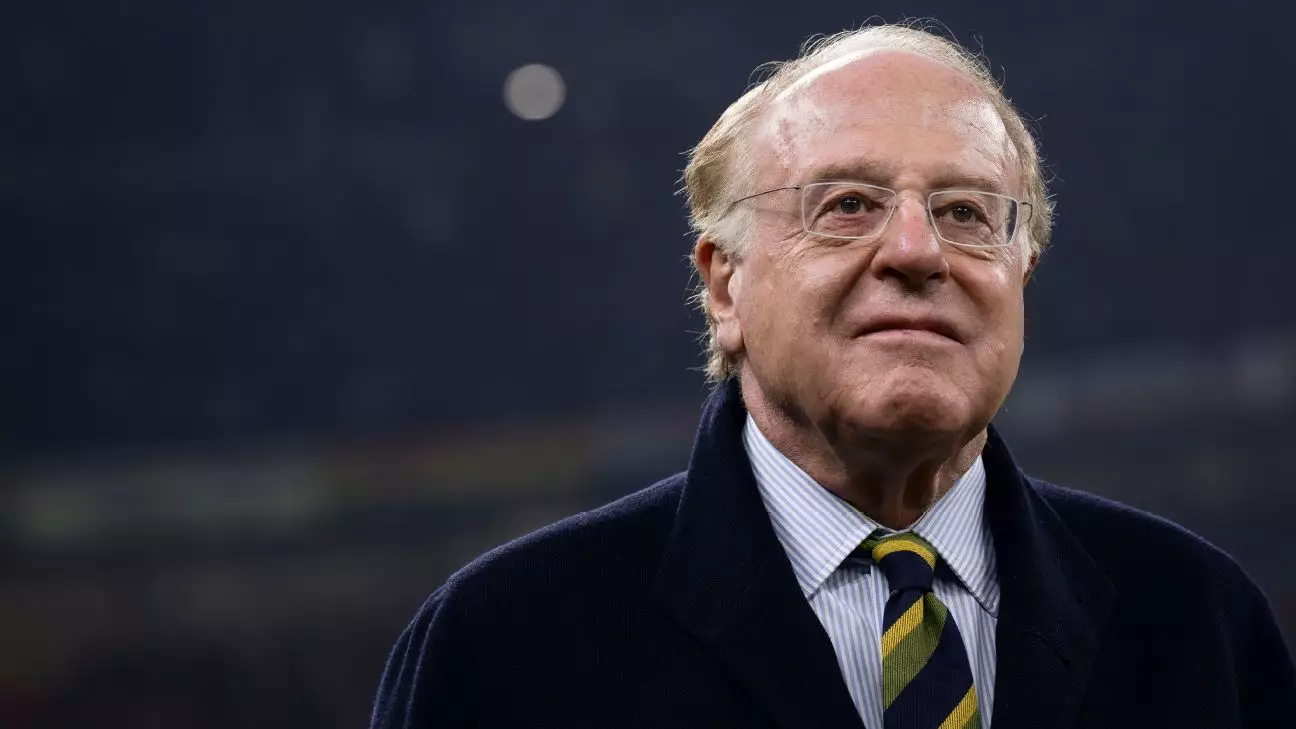In a recent shareholders’ meeting, Serie A clubs voted against reducing the number of clubs in the Italian top division from 20 to 18. Despite the push from top clubs to decrease the number of games played and increase the quality of football, only four clubs out of the 20 supported this reform. The decision to maintain the status quo has sparked controversy and criticism from various stakeholders.
Opposing Views
Quality versus Quantity
The main argument put forth by clubs in favor of reducing the number of teams in Serie A was the desire to improve the quality of football. Top clubs like Juventus, Inter Milan, AC Milan, and AS Roma were concerned about the workload placed on their players due to international competitions, national team matches, the Italian Cup, and the league. They believed that by reducing the number of teams, the overall number of matches would decrease, resulting in fewer injuries and improved performance. However, critics argue that reducing the size of the league would limit opportunities for smaller clubs to compete at the highest level, ultimately diminishing the overall quality of Italian football.
Super League Concerns
The attempt to decrease the number of clubs by the top teams has drawn comparisons to the controversial concept of a “super league.” Urbino Cairo, the president of Torino, expressed his dissatisfaction with the approach taken by the four clubs advocating for the reduction. He criticized their attitude, stating that their intentions seemed like an attempt to create a closed league that excluded other teams. This perception deepens the divide between the bigger clubs and the rest of Serie A, raising questions about fairness and inclusivity within the league.
Reforms and Autonomy
Proposals for Change
Although the reduction in the number of clubs did not pass, a proposal for various reforms was approved during the meeting. These reforms will be presented at the Extraordinary General Assembly of the Italian football federation (FIGC) in March. The Italian league’s desire for more autonomy from FIGC is a significant aspect of these proposed reforms. Serie A President Lorenzo Casini emphasized the need for Serie A to have more decision-making power and autonomy, similar to the Premier League in England. The current system is seen as restrictive, as Serie A’s economic weight is not proportionally reflected in its decision-making abilities.
The Power Imbalance
One of the core concerns expressed by Milan President Paolo Scaroni is the lack of power held by Serie A within the FIGC. Scaroni pointed out that despite financing the entire game of Italian football, Serie A only has 12% of the decision-making power within the Federation. This power imbalance creates frustration and limits Serie A’s ability to shape the direction and future of Italian football. By seeking more autonomy, Serie A hopes to address this issue and regain control over its own destiny.
The decision to maintain the current number of clubs in Serie A has divided opinions within the league. While the desire for improved quality might have been valid, the manner in which the top clubs advocated for change has been criticized. As the league looks towards future reforms and increased autonomy, the balancing act between the interests of the top clubs and the overall health and inclusivity of Italian football remains a challenge. Only time will tell whether Serie A can find a compromise that satisfies all stakeholders and elevates the league to new heights.
